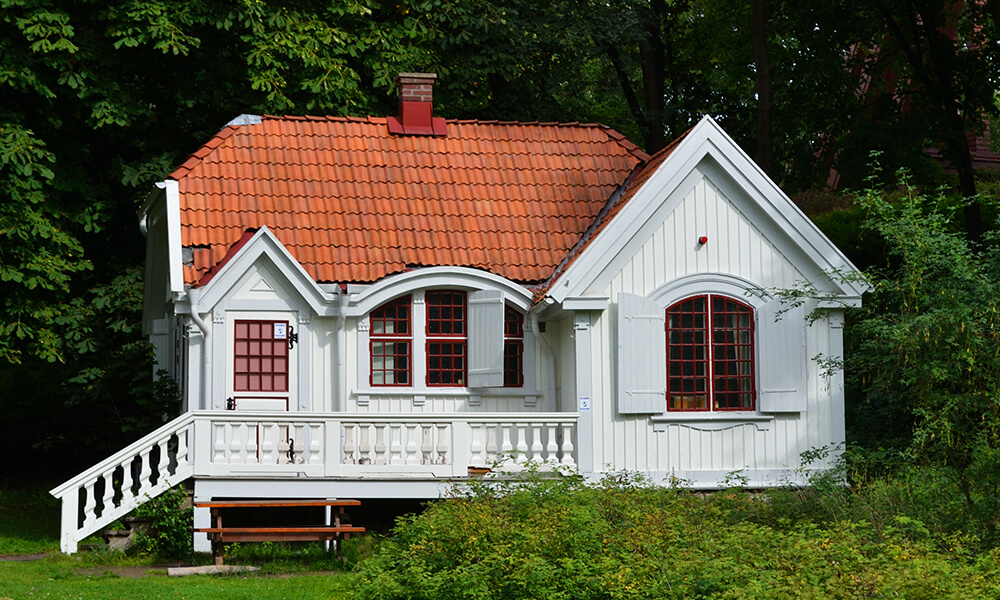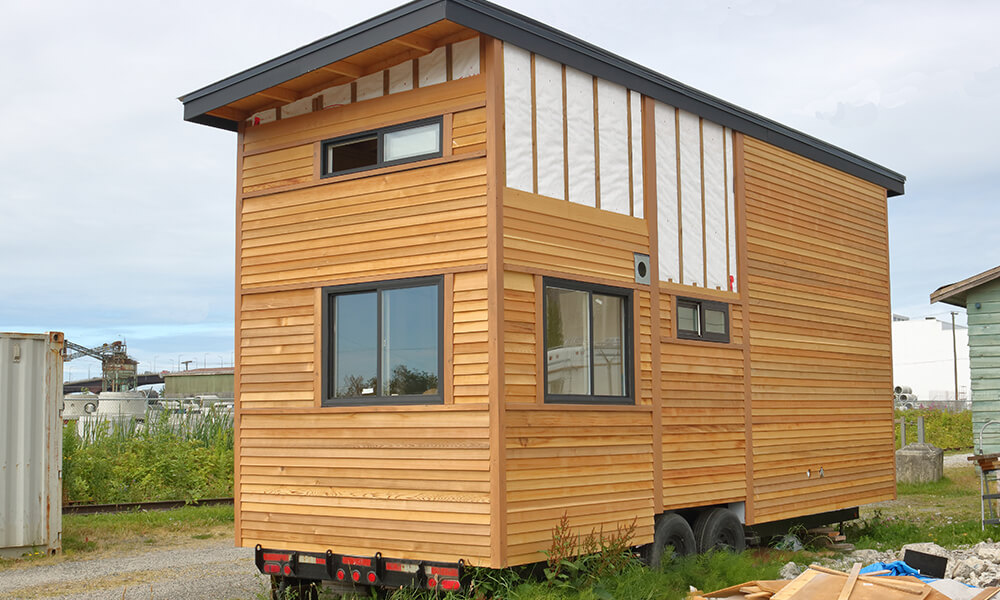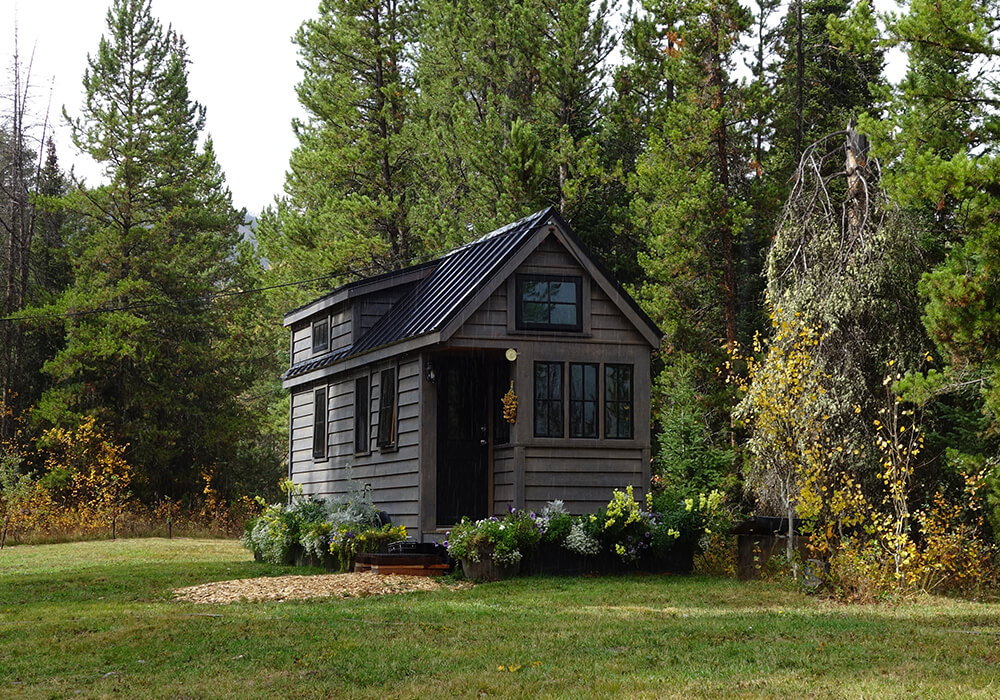Tiny homes seem to have taken the world by storm in just a few years. HGTV has a show about them, they’ve been the subject of countless viral articles on Facebook, and everyone probably has at least one friend who has mentioned how much they would love to own and live in a tiny house. Most people think it must be so much easier to live in a tiny house without the pressures of large bills and huge upkeep projects. The truth is, living in a tiny home is a sacrifice few are willing to make. It means drastic cutbacks on home goods, furniture, decorations, clothing, and other items many people deem essential for quality living. On the other hand, giving up these extras means a lower cost of living. It can also mean an extremely small environmental footprint. This is especially true for tiny home owners who utilize solar energy to power their lives. This week, we’ll take a look at the general characteristics of tiny homes and how it makes them almost entirely self sufficient.

Characteristics of Tiny Homes
Tiny homes are typically 500 square feet or fewer in area, although some people argue than any home under 1,000 square feet can be considered a tiny home. The community around them is characterized by people who take “living simply” to a whole new level. Typically, these homes are built in such a way that storage is prioritized so that as much surface area as possible can be used for movement and relaxation. Some are built on wheels for those who choose to move frequently; still others have been made out of old school buses to make mobility even easier. One man from Oakland started making tiny homes from repurposed materials for an average of $40 per home; however, according to a 2012 article by The Huffington Post, the standard tiny home costs between $20,000 and $50,000. The main, underlying characteristic of all these homes is that the tenants wish to live in a way that reduces clutter and waste, allowing for a low cost, ecologically friendly alternative lifestyle.

Solar Power in Tiny Homes
One of the ways tiny home owners reduce their waste is through solar power. However, this is trickier than it sounds. Having all the amenities of a regular home, such as a refrigerator, a microwave, a television, and a water heater, can mean huge amounts of energy. It can take a lot of solar power to make all those appliances work consistently without relying on another external form of energy. Placement is also important. To ensure they are getting the most out of their solar panels, tiny home owners need to position them in a place where they get plenty of sunlight but are still easy to clean and don’t overheat too much as these things can cause reduced efficiency. It can take anywhere from 9 to 50 solar panels to power a tiny home without any external power intervention, so finding out which electrical items are absolutely essential is important. One way to combat those extra needs is to have solar powered appliances as well. Everything from a cell phone charger to an outdoor solar powered shower (for warmer climates) can help keep costs low in a tiny home.
What do you think? Are tiny homes the future or just a fad? Would you ever try powering your entire life by solar energy? Drop us a line and let us know what you think about using solar power in your own life.





